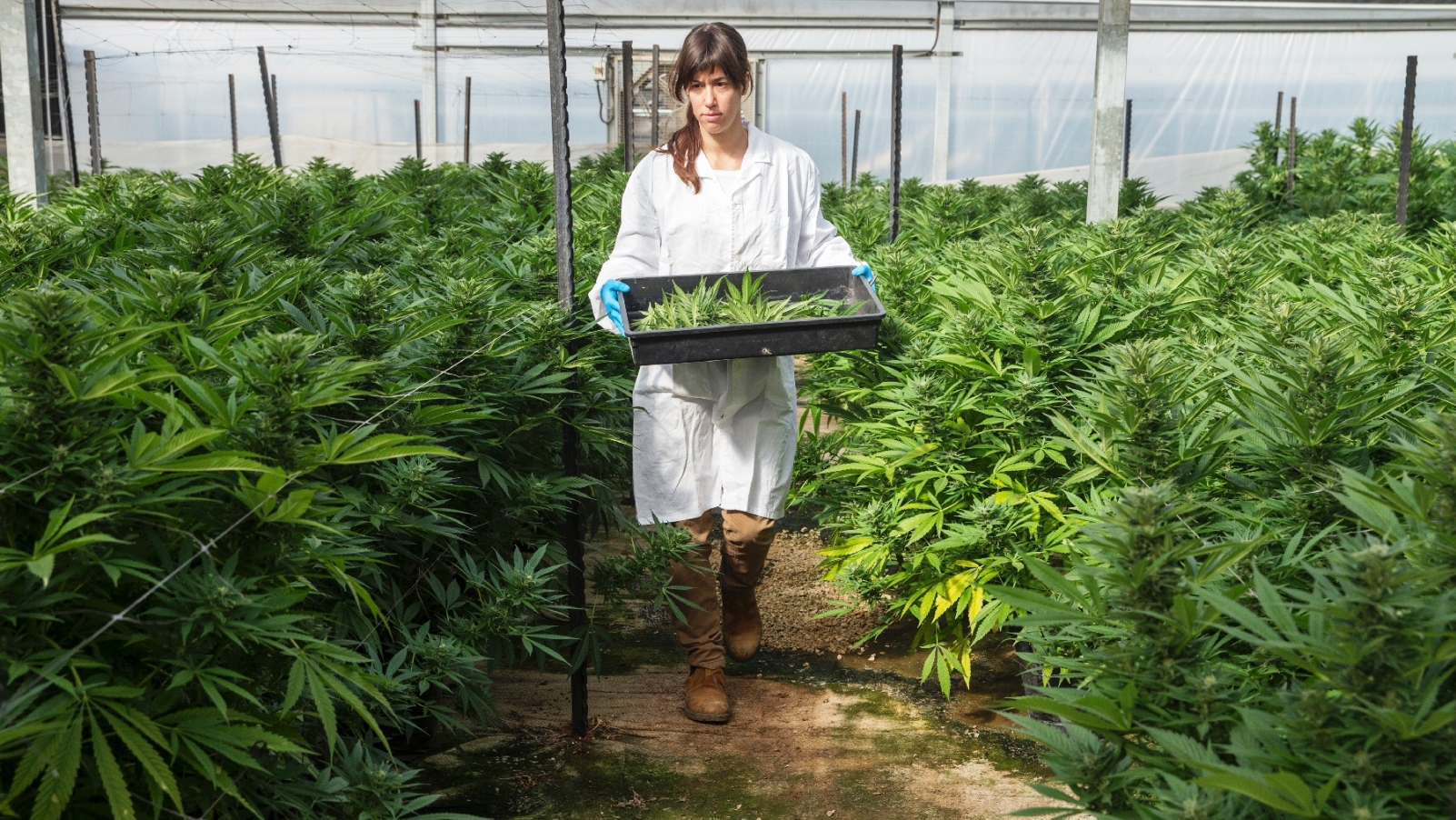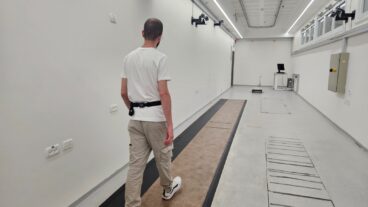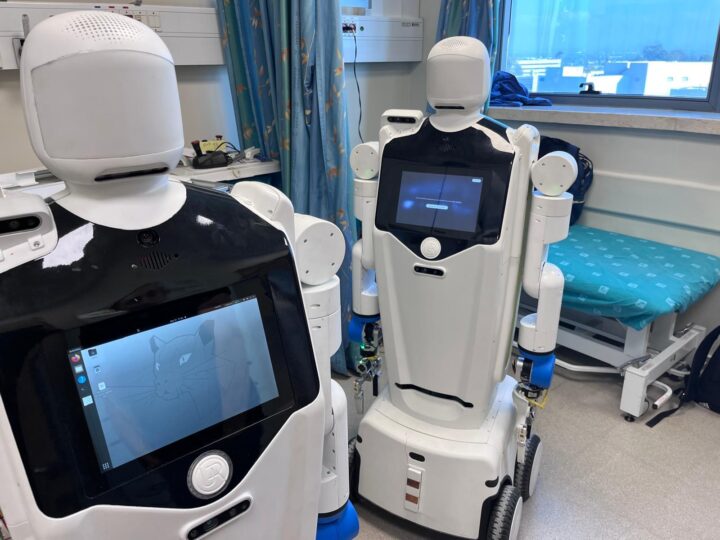Cannabis compounds are widely recognized as effective treatments for a surprising number of conditions and illnesses from anxiety to asthma to autism – and that’s just the A’s on a very long list.
Yet it wasn’t long ago that cannabis was best known as marijuana, the “devil weed” with psychoactive effects that caused most countries to ban even growing the plant whose dried flowers people smoked to get high.
Well, now that medical cannabis is emerging as a legitimate wonder drug, there is an urgent need for guidelines on how to grow different strains to maximize their therapeutic potential, and to determine which strains best treat different conditions. No less urgent is the need for standardizing cannabis-based pharmaceuticals.
There’s one Israeli scientist taking on these major challenges.
“Five years ago, I was directed by the Medical Cannabis Unit of the Health Ministry to start working with farmers because of my background in plant physiology and agronomy, and especially my experience working with plants under unusual conditions to direct the plant to give us what we need,” says Nirit Bernstein, senior researcher at the Institute of Soil, Water and Environmental Sciences at the Agricultural Research Organization-Volcani Research Center run by Israel’s Agriculture Ministry.

In Israel, the country where cannabis research was pioneered in the 1960s, Bernstein is the first scientist licensed to research the whole plant and not only its components.
“The first thing I’m centering on is cultivation techniques to develop this plant into a high-tech agricultural crop suitable for the medical market,” says Bernstein, who has a bachelor’s degree in agricultural sciences from the Hebrew University of Jerusalem and a PhD in plant physiology from the University of California, Davis.
Given that the cannabis sativa plant has been cultivated for thousands of years, she was surprised to learn that she had to start from scratch.
“I went to some growers and saw they had a lot of issues, so I logged into scientific databases to find published studies about how to grow, fertilize, prune and cut cannabis. For conventional crops such as tomatoes I’d find tens of thousands of publications,” she says. “But I found nearly zero because it wasn’t legal to do research on cannabis plants since 1961.”
Bernstein did find plenty of blogs on the topic. Lacking scientific studies, commercial and home growers had been relying on “Dr. Google” to raise their cannabis plants. But none of this amateur advice was scientifically tested. Moreover, cannabis cultivation had never been optimized for medical purposes.
“So now, in cooperation with the ministries of agriculture and health, I have the job of learning how to grow this plant,” Bernstein tells ISRAEL21c.

Cannabis 101
Before describing Bernstein’s studies, let’s start with some cannabis basics.
Cannabis sativa is a flowering plant with three subspecies, among them the fibrous hemp used in textiles. The flowers contain at least 300 compounds including 142 active ingredients categorized as cannabinoids, terpenes and phenols.
The two best-known cannabinoids – which were first isolated, mapped, synthesized and named in the Israeli lab of Prof. Raphael Mechoulam in the early 1960s – are CBD, which has strong anti-anxiety and anti-inflammatory properties, and THC, the psychoactive compound that also activates receptors in the body to effect healing.
Bernstein’s lab works with unfertilized female cannabis plants because they contain the highest concentration of healing compounds. But there’s great variability in concentrations from plant to plant and in different parts of each plant. That’s a big problem when it comes to prescription cannabis.
“When I take a prescribed drug, I assume every pill has the same concentration of active ingredients, but cannabis is a plant material and when patients receive flowers as medical treatment there’s not sufficient standardization in quality or quantity,” Bernstein says.
“If we look at a tomato, some parts will be sweeter or will contain more lycopene, but it doesn’t matter because it all goes in the salad or the ketchup. With medical cannabis, if one piece has twice as much THC it’s too strong a dose and if another piece has less THC the dose will not be effective. So, our main goal is to learn how to grow plants to increase standardization for medical use.”
Looks can be deceiving
When Bernstein’s team began studying how cannabis responds to environmental conditions that influence the composition of its chemicals, they discovered that the advice in cannabis-growing blogs doesn’t always hold up scientifically.
“For example, people usually say that cannabis requires high light intensity and a specific wavelength of light, but there’s little science based on how this affects its medical quality,” Bernstein says.
The biggest surprise so far is that the healthiest-looking plants –fed ideal amounts of 16 different nutrients — don’t yield the best terpene and cannabinoid concentrations.
“We know now that not everything that looks optimal to the eye is the best quality medically,” Bernstein tells ISRAEL21c.

“One of our breakthroughs is discovering that if we stress the plants a little then it positively affects the production of the pharmaceutical compounds. We found different ways we can trick the plant into thinking it’s being stressed when it’s not, and that changes the medical quality of the plant the way we want.”
Bernstein’s students study how different fertilization methods affect the quantity and medical quality of the plants; methods of pruning to enhance the plants, for instance by allowing more light penetration; temperatures and lighting for optimal production; alternative pest control to prevent residual pesticides in the medical product; and optimal irrigation techniques and growing media.
“In Israel, cannabis has to be grown in pots in a soilless culture, but which one is best to use? This affects how often we need to irrigate,” explains Bernstein, who teaches “Developing Cannabis as a Crop for Modern Medicine” to Hebrew University graduate students.
Matching cannabinoids to diseases
“Another topic I’m working on is developing new cultivars of cannabis because most of those used today were developed through illegal recreational growers and contain a high concentration of THC, but they are not optimized for CBD and other cannabinoids and terpenes,” Bernstein says.
Her lab’s breeding program is developing cannabis cultivars suited to specific medical indications, such as multiple sclerosis or diabetes; and for better agricultural properties such as disease resistance, high yield and standardized amounts of healing compounds.
Working with colleagues at Ben-Gurion and Hebrew universities, Bernstein’s lab also is investigating which cannabis compounds work best for treating different conditions.
Several of her team’s studies have been published in academic journals including Frontiers in Plant Science and Industrial Crops and Products, and there’s more to come.
Although Bernstein is reluctant to say unequivocally that her whole-plant cannabis lab is unique, she concedes that at professional conferences “we are often introduced as the only lab in the world that focuses on this kind of research.”

















